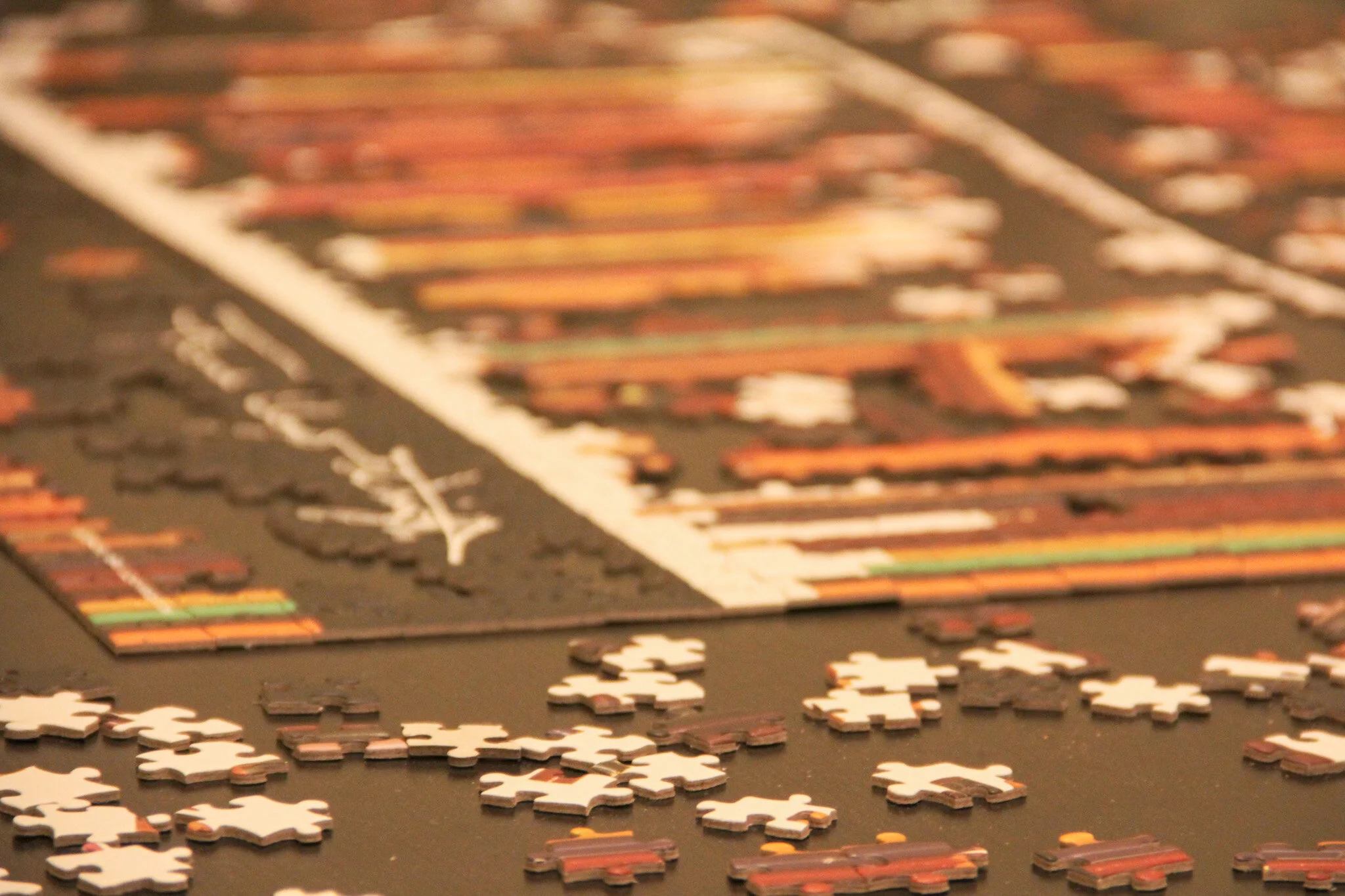Embracing Change: The Art of Letting Go and Moving Forward
Change is one of the few constants in life, yet it often feels like the most disruptive force we face. Whether it's a career shift, a move to a new city, the loss of a loved one, or even personal growth, change challenges our sense of stability. But while it can be uncomfortable, change is also an opportunity — a doorway to renewal, reinvention, and resilience.
Why We Resist Change
According to Dr. Heidi Grant Halvorson, a social psychologist and author, humans are wired to favor familiarity. Our brains associate routine with safety, which is why change, even when positive, can provoke fear or anxiety. We are biologically inclined to stick with the known because it's perceived as less risky (Halvorson, 2011).
In his book Switch: How to Change Things When Change is Hard, Chip Heath explains that change requires both rational and emotional alignment. Often, we know a change is needed, but emotionally we’re not ready to take the leap. This internal conflict is at the heart of many stalled transitions.
The Psychology of Transition
Psychologist William Bridges makes an important distinction between change and transition. Change is situational — a new job, a new relationship, an altered routine. Transition, on the other hand, is psychological — it's the inner process of coming to terms with the new situation. According to Bridges, most people struggle not with change itself, but with the transition period that follows.
His model outlines three phases:
Ending – Letting go of the old way.
Neutral zone – The in-between time of uncertainty.
New beginning – Embracing a new identity or reality.
Growth Through Discomfort
As uncomfortable as it may be, change is a powerful catalyst for growth. Neuroscience research has shown that embracing new experiences — especially challenging ones — builds cognitive flexibility, emotional resilience, and creativity (Davidson & Begley, 2012). People who confront change with curiosity rather than resistance are more likely to adapt, thrive, and find meaning in adversity.
Brené Brown, in her work on vulnerability and courage, argues that leaning into discomfort is what allows us to grow. “You can’t get to courage without walking through vulnerability,” she writes in Daring Greatly.
Strategies for Navigating Change
Here are a few ways to navigate change more consciously:
Acknowledge your feelings – Denial prolongs suffering. Naming emotions gives them less power.
Stay curious – Ask yourself, “What can I learn from this?”
Seek support – Sharing your experience with others makes change feel less isolating.
Create routines – In times of uncertainty, even small rituals can provide a sense of stability.
Visualize the future – Imagining your life post-change can make the journey feel more purposeful.
Final Thoughts
Change will come — whether we’re ready or not. But how we respond to it is within our control. Rather than resisting it, we can learn to dance with it. We can use change not as a reason to retreat, but as a reason to rise.
As the philosopher Heraclitus said, “No man ever steps in the same river twice, for it’s not the same river and he’s not the same man.” Change not only reshapes the world around us — it reshapes us too.
References:
Halvorson, H.G. (2011). Succeed: How We Can Reach Our Goals. Plume.
Heath, C., & Heath, D. (2010). Switch: How to Change Things When Change is Hard. Crown Business.
Bridges, W. (2009). Managing Transitions: Making the Most of Change. Da Capo Lifelong Books.
Davidson, R. J., & Begley, S. (2012). The Emotional Life of Your Brain. Penguin.
Brown, B. (2012). Daring Greatly: How the Courage to Be Vulnerable Transforms the Way We Live, Love, Parent, and Lead. Gotham Books.

